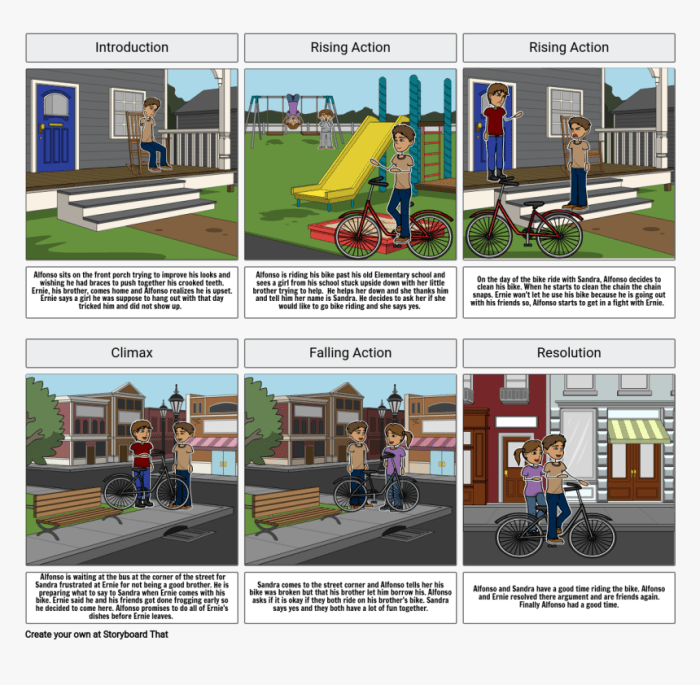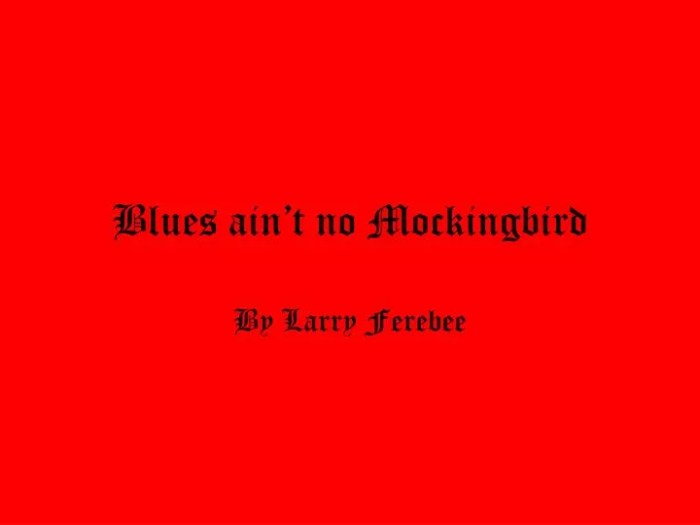Blues ain’t no mockingbird theme – Delving into the complexities of race, resilience, and identity, “Blues Ain’t No Mockingbird” stands as a testament to the enduring power of storytelling. This play explores the historical context and social issues that shaped its creation, weaving together the lives of its characters to present a poignant exploration of the human condition.
Blues Ain’t No Mockingbird: Historical Context

The play “Blues Ain’t No Mockingbird” is set in the post-Reconstruction South and explores the impact of racism, classism, and sexism on African Americans. The play’s setting is specifically the fictional town of Ebenezer, Mississippi, which is based on the real-life town of Ruleville, Mississippi.
The play’s main character, Miss Jane Pittman, is a former slave who has lived through the Civil War, Reconstruction, and the Jim Crow era. The play’s timeline spans from the 1860s to the 1960s, and it provides a historical backdrop for the characters’ struggles.
Timeline of Key Events
- 1861: The Civil War begins.
- 1863: The Emancipation Proclamation is issued.
- 1865: The Civil War ends and slavery is abolished.
- 1867: The Reconstruction Era begins.
- 1877: The Reconstruction Era ends.
- 1890: The Mississippi Black Codes are enacted.
- 1954: Brown v. Board of Education is decided.
- 1964: The Civil Rights Act is passed.
Characters and Relationships

Miss Jane Pittman, Blues ain’t no mockingbird theme
Miss Jane Pittman is the play’s main character. She is a former slave who has lived through the Civil War, Reconstruction, and the Jim Crow era. She is a strong and resilient woman who has witnessed firsthand the horrors of racism and discrimination.
She is also a gifted storyteller who uses her stories to teach her community about the importance of perseverance and hope.
The Community of Ebenezer
The community of Ebenezer is a close-knit group of African Americans who have come together to support each other in the face of adversity. The community is made up of people from all walks of life, including farmers, teachers, preachers, and laborers.
They are all bound together by their shared experiences of racism and discrimination.
The Intergenerational Relationships
The play explores the importance of intergenerational relationships. Miss Jane Pittman is a mentor to the younger generation, and she teaches them about the history of their community and the importance of fighting for their rights. The younger generation, in turn, looks up to Miss Jane Pittman as a role model and a source of inspiration.
Themes and Motifs
Racism
Racism is a central theme of the play. The play explores the many ways that racism affects the lives of African Americans, from the overt racism of the Jim Crow era to the more subtle forms of racism that exist today.
Resilience
Resilience is another central theme of the play. The play shows how African Americans have overcome centuries of oppression and discrimination to build a strong and vibrant community.
The Search for Identity
The play also explores the search for identity. The characters in the play are all trying to find their place in a world that is often hostile to them. They are all searching for a sense of belonging and a sense of purpose.
The Blues Music
The blues music is a recurring motif in the play. The blues is a genre of music that originated in the African American community. The blues is often used to express pain and suffering, but it can also be used to express hope and resilience.
The Mockingbird
The mockingbird is another recurring motif in the play. The mockingbird is a symbol of freedom and hope. The mockingbird is often able to sing even in the darkest of times.
Quick FAQs: Blues Ain’t No Mockingbird Theme
What are the main themes explored in “Blues Ain’t No Mockingbird”?
The play explores themes of racism, resilience, and the search for identity.
How does the play’s structure contribute to its overall message?
The play’s episodic format and use of flashbacks allow for a fragmented and non-linear narrative, reflecting the complex and often disjointed experiences of its characters.